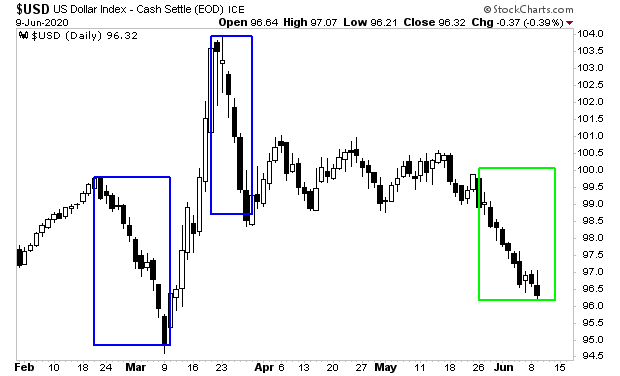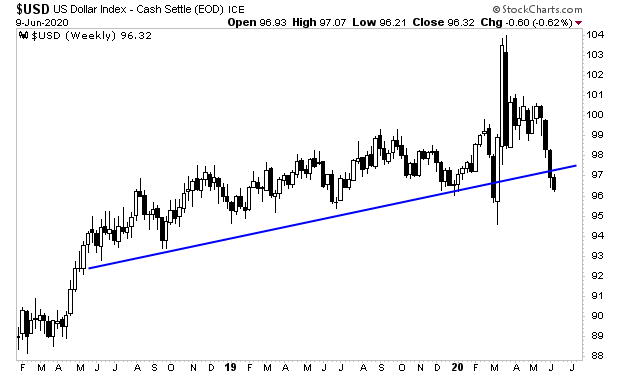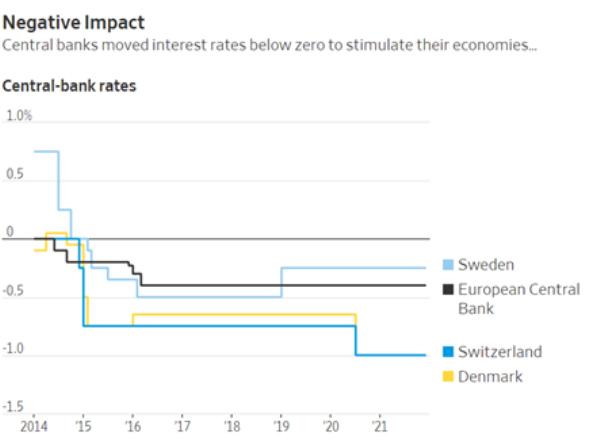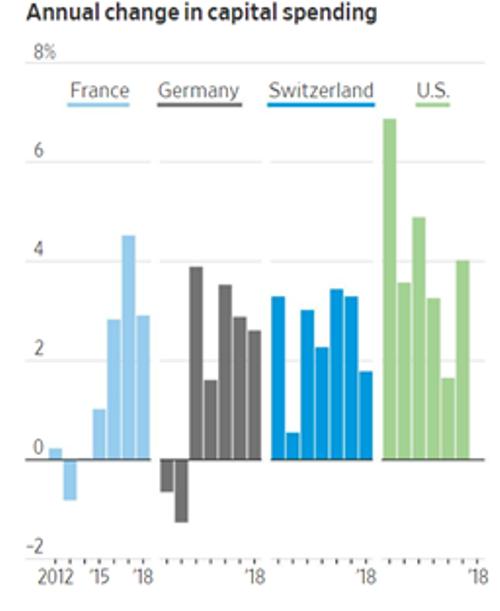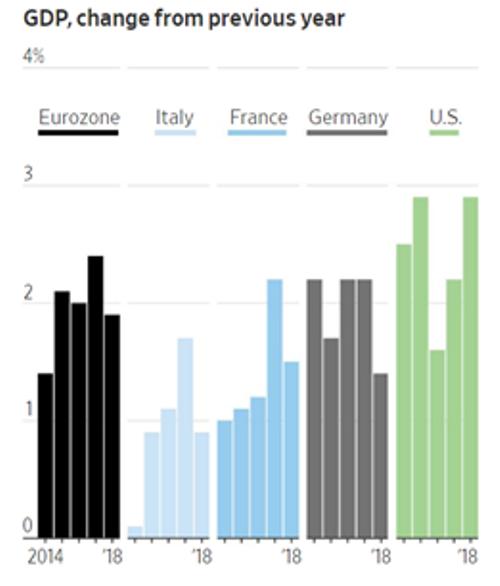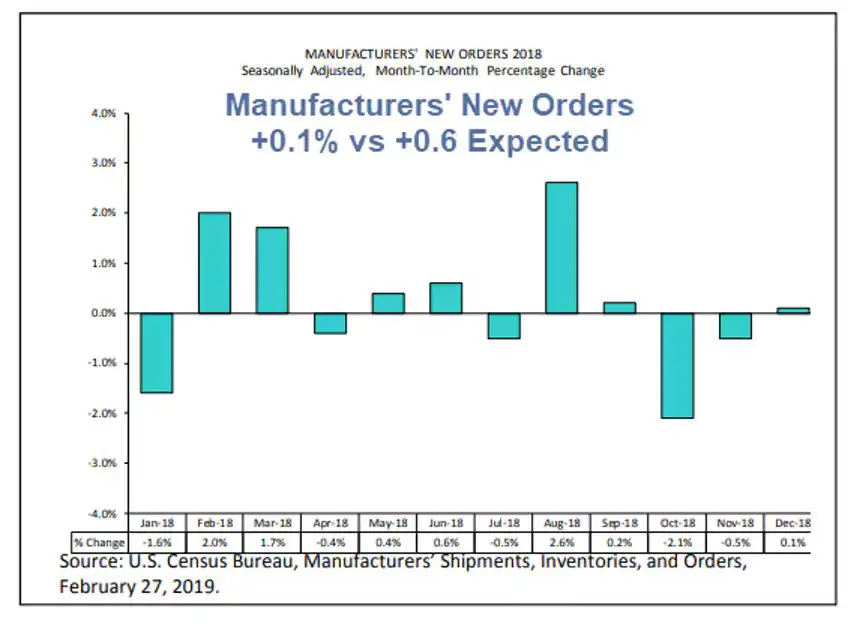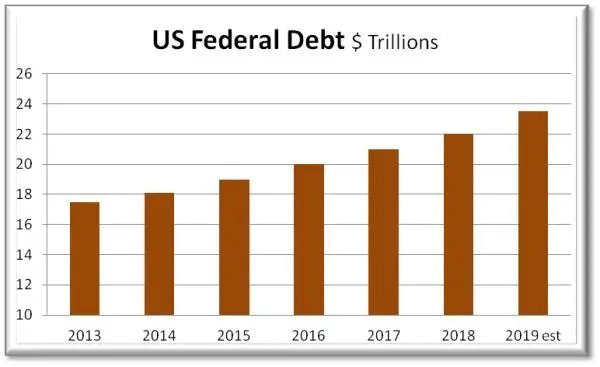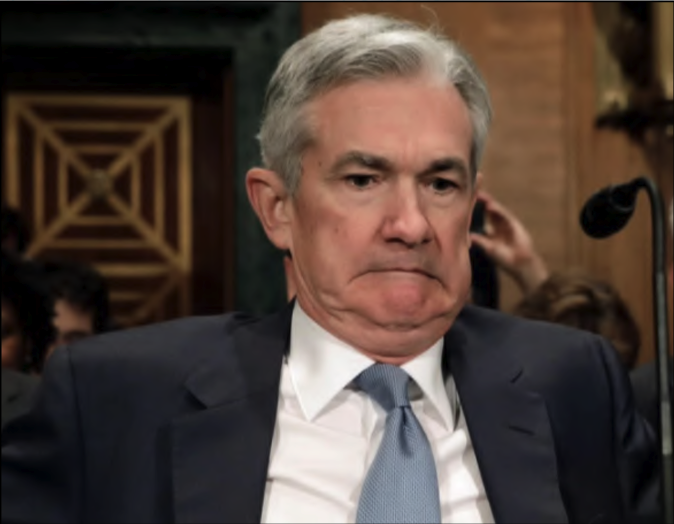
In the last issue we covered how Ecoinmetrics posited that the Bitcoin rally wasn’t being confirmed on-chain and that there was a chance of a 10% pullback in the month following his analysis, which was published November 22.
We did get a pullback, from $44K, which touched bottom around $40K before reversing, for a roughly 10% retracement.
If that was the pullback, it was kind of a snoozer, lasting all of 72 hours (although as I type this on Dec 17, it does look as if Bitcoin is weakening around the low-40’s – and could drop below 40K over the next few days).
If you are new to this sort of thing (this is your first Bitcoin cycle), you should be warned that there will be larger pullbacks, in the order of 25% or more. Or more.
Remember that – and remember our guidance to people experiencing fear, uncertainty or doubt during said pullbacks:
The number one attribute required to navigate a full Bitcoin cycle is conviction. The entire point of The Crypto Capitalist Manifesto was to provide the basis for that.
If anybody here got shaken out during this pullback (we have a lot of new readers to the list), my advice would be to close out your positions here and unsubscribe from this list.
What did happen on Dec 13th, was the Fed basically pivoted: they held the benchmark rate, again – then signalled that they were now looking toward cuts in 2024.
The dot plot moved immediately to reflect a 75bp cut over 2024:
With even unofficial Fed spox Nick Timiraos (“Nikileaks”) seemingly caught flat-footed:
“The Powell pivot begins.
Dec 1: “It would be premature to … speculate on when policy might ease.”
Dec 13: Rate cuts are something that “begins to come into view” and “clearly is a topic of discussion.”
…click on the above link to read the rest…


